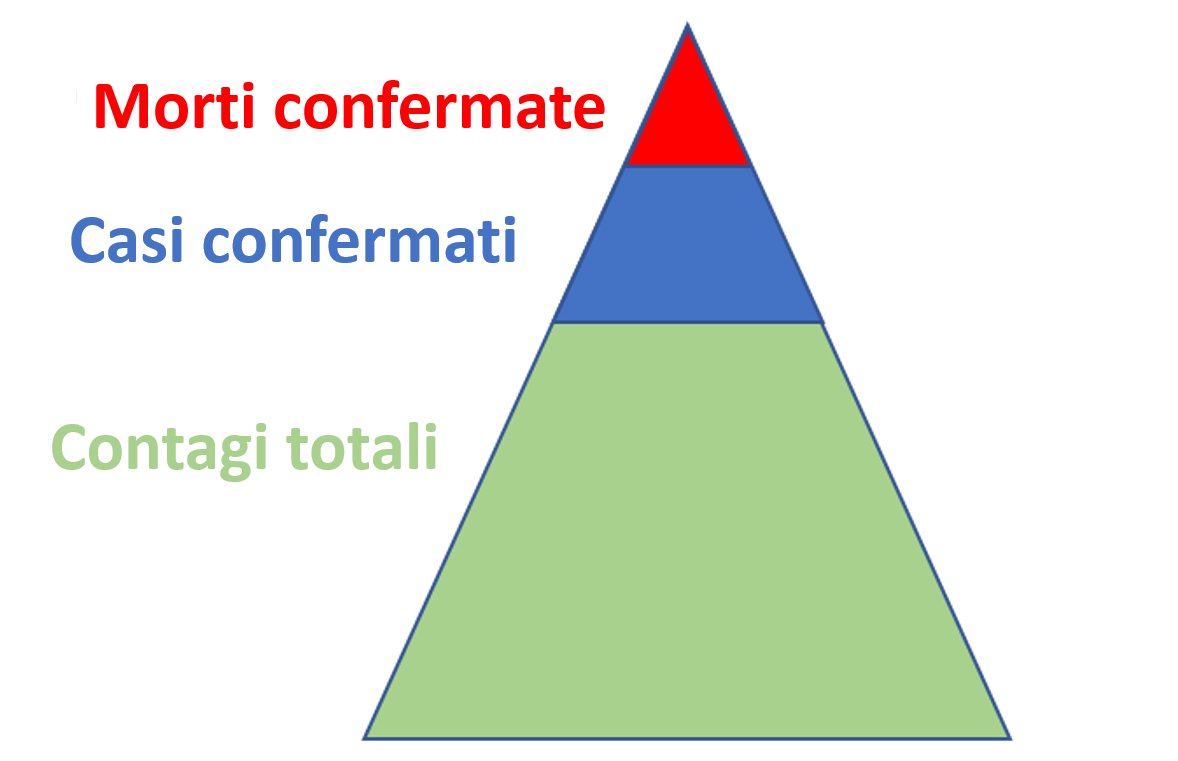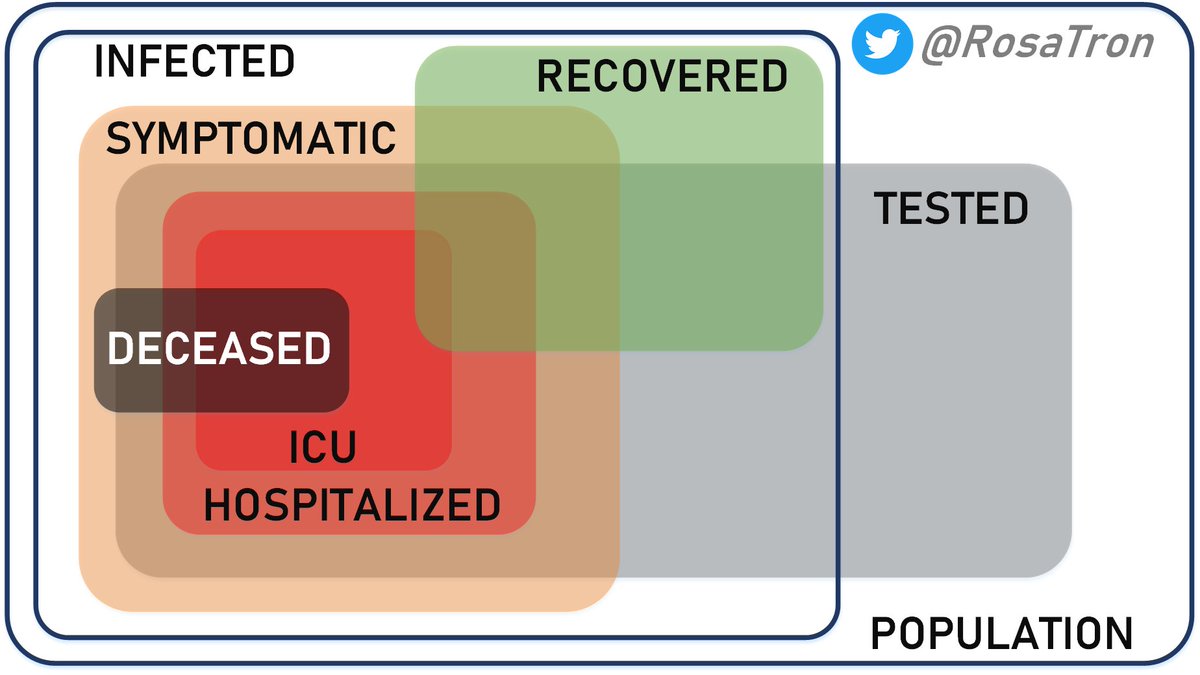~3% or 1 in 39. ~6% in London.
Assume: 1019 dead; IFR 0.9%; Adj. days to death ~13.
So ~113k infected 13 days ago
~3.25 days to double so ~4 doublings
So infections to date: ~1.8m, ~5% recovered so ~1.7m infected.
Implies ~467k current infections in London, or ~6% of the population.
Within the range mentioned by @neil_ferguson in S+T cttee:
More deaths --> more infections
Higher IFR% --> fewer infs (don't need as many for same deaths)
Longer days to death --> more infs (more time to double)
Higher doubling rate --> more infs
Mean days to death still estimated at ~18.5.
However, given exponential growth of infections, a higher proportion of deaths to date were caused more recently than that average. Hence adjusted to ~13 days.
Thanks to @cheianov!
arcgis.com/apps/opsdashbo…
Given "cases" are only the most serious (we ~only test in hospital) I've used higher recovery rate 5%.
Given exponentials, vast majority of those ever infected still are now
Strong NHS means more days to death which gives infections more doubling periods since the infection point.
If it's less deadly, there must have been many more infections to drive the deaths.
As nothing has been published on this, I've used lagged death + confirmed case doubling rates over last 2-3 weeks as proxies.
But only if IFR remains 0.9% + we see zero new infections.
Sadly, neither of the above are sound assumptions.
If our ICU capacity is overrun, the IFR% will spike hard.
New infections depends on hard #Lockdown + test/trace.
We can't reduce the size of that wave because it's caused by infections from 2-5 weeks ago.
We can improve our readiness by scaling ICUs + protecting NHS staff.
We can stop the wave getting bigger + longer by hard #Lockdown + test/trace.
Still projects 10k death toll assuming ICUs not over-run and zero new infections from today.
Neither are sensible assumptions.
The problem is you're nearly right. But those ~113k infections were 2-3 weeks ago. That's how long it takes to kill.
They've been doubling every 3-4 days since.
It's waiting for people to die, assuming fatality rate to judge how many infections drove those deaths, then using doubling rates to judge infections today.
A better way? Population sample testing!
1⃣ Infected people are doing more infecting. The "cases" are mostly in hospital or dead.
2⃣ If you know # infected and # deaths you can assess how deadly this thing really is (IFR%, not just "case" fatality)
BJ's speech should have started:
"There are infected people in every train, in every shop, in every park, in every tube... you might even be one of them... please take what I am about to say very seriously..."
These are just the tip of a very large, deadly iceberg.
We might also have seen better compliance with our eventual #Lockdown.
As it is... "a national scandal" @richardhorton1
thelancet.com/journals/lance…






